Correct installation method of pneumatic gate valve
Good valve products also need correct use and maintenance to ensure a good working condition and service life of the product, and pneumatic gate valves are no exception. The working state of the pneumatic gate valve directly affects the operation of the engineering system. Pneumatic gate valves have been widely used in metallurgy,
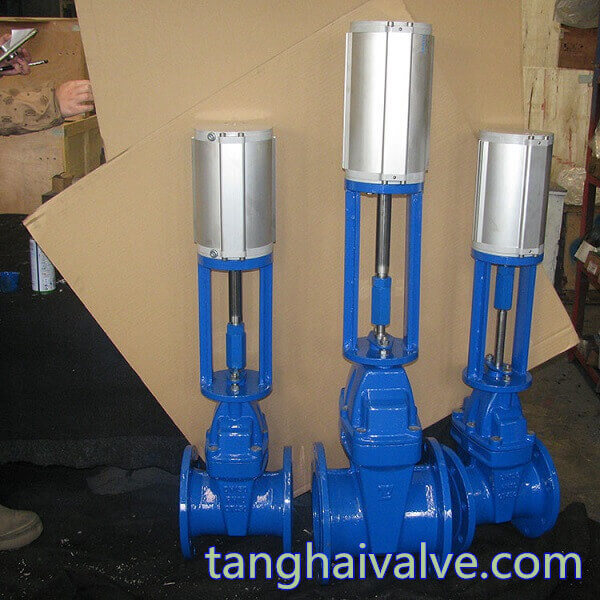
pneumatic gate valve (3)
petrochemical and other fields. What we want to share today is how to properly use and maintain pneumatic gate valves to maintain their stability and reliability advantages in work. The details are as follows:
First of all, in order to ensure the normal operation of the pneumatic gate valve in the pipeline system and the safe operation of the system, we first need to do some work before the installation. For example, before installing a new valve, check whether the markings on the valve conform to the design requirements. At the same time, the basic error limit, full stroke deviation, return difference, dead zone, leakage rate, etc. are debugged. This is a new valve for pneumatic gate valves. If the pneumatic gate valve in the original system has been overhauled, in addition to completing the above work, the stuffing box and connections of the old gate valve should be checked for tightness. From the on-site use point of view, many problems in the operation of the system are often not caused by the quality of the valve itself, but because of the improper installation of the valve. This also includes factors such as the device environment, improper location and orientation of the device, or unclean piping.
Therefore, the following aspects should be paid attention to when installing the pneumatic gate valve:
1. Waterproof and cooling measures should be taken in the open air or high temperature places with strong sunlight. Where there is an earthquake source, stay away from the earthquake source or increase earthquake-proof measures.
2. Pneumatic gate valve can be installed tilted under special circumstances, but if the tilt angle is large or the weight of the valve itself is too large, it must be reinforced and supported.
3. The pipeline for installing the gate valve should not be too high from the ground. If the pipeline height exceeds 2m, a platform should be set up as far as possible to facilitate the operation of the handwheel and maintenance.
4. Before starting the valve for the first time, the pipeline must be cleaned to remove dirt and welding slag. Because if impurities in the pipeline pass through the valve with the medium at high speed, it is easy to cause damage to the sealing surface and cause leakage. After installation, the valve should also be cleaned to prevent impurities from getting stuck in the valve body. Remember to restore the original neutral position after using the handwheel mechanism.
5. The installation position of the pneumatic gate valve must meet the process requirements. In order to facilitate the later maintenance, it is better to add a bypass line to the valve, which is to continue the production during the maintenance process.
6. The electrical part of the pneumatic gate valve should be implemented in accordance with the construction requirements of the relevant electrical equipment. This should be communicated more with the manufacturer, strictly in accordance with the manufacturer’s technical requirements.
7. The reducer of the actuator of the pneumatic gate valve should be lubricated after disassembly and repair. Generally, low-speed motors should not be disassembled, washed and refueled. After the motor is assembled, check whether the valve position conforms to the valve position opening indication.
The above are some precautions before, during, and after installation of electrical gate valves, which have a very important impact on the service life and use effect of the gate valve, and we need to pay attention to it. For more information about gate valves, please contact Tanghai online customer service for professional answers.
TH Valve is a professional manufacturer of butterfly valve, gate valve, check valve, globe valve, knife gate valve, ball valve with API, JIS, DIN standard, used in Oil, Gas, Marine industry, Water supply and drainage, fire fighting, shipbuilding, water treatment and other systems, with Nominal Diameter of DN50 to DN1200, NBR/EPDM/VITON, Certificates & Approvals: DNV-GL, Lloyds, DNV, BV, API, ABS, CCS. Standards: EN 593, API609, API6D
Related news/knowledge:
The correct operation method of manual valve
Pneumatic ball valve installation instructions
Installation and Maintenance of Butterfly Valve


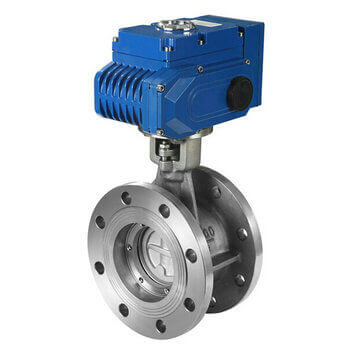
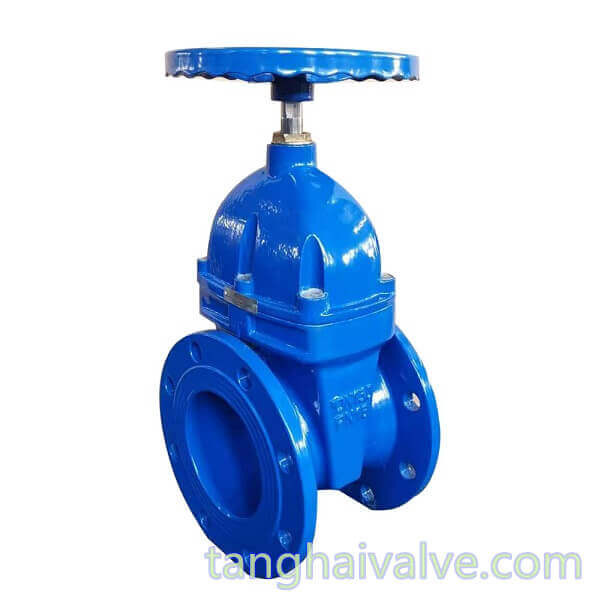
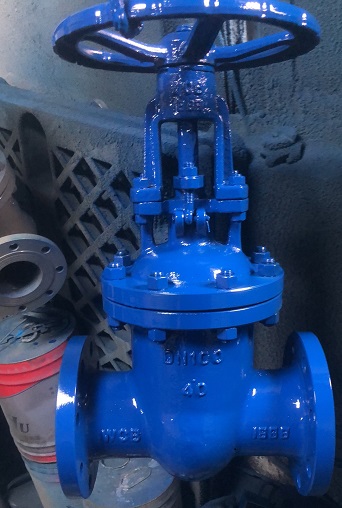
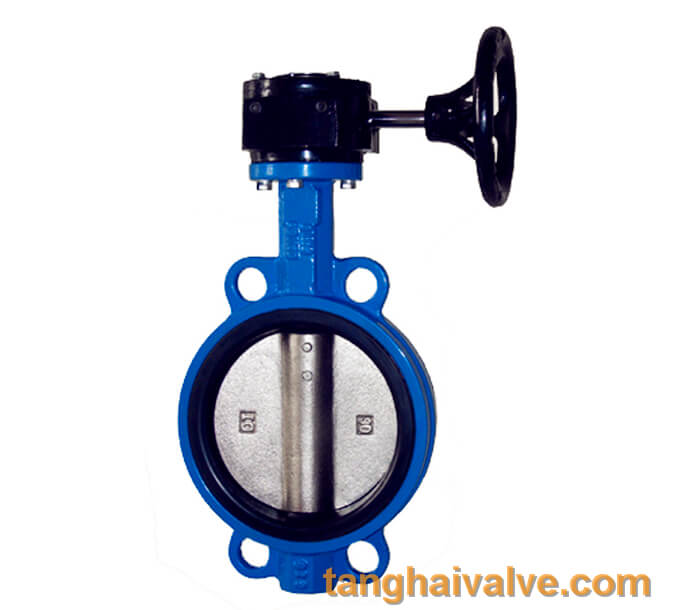
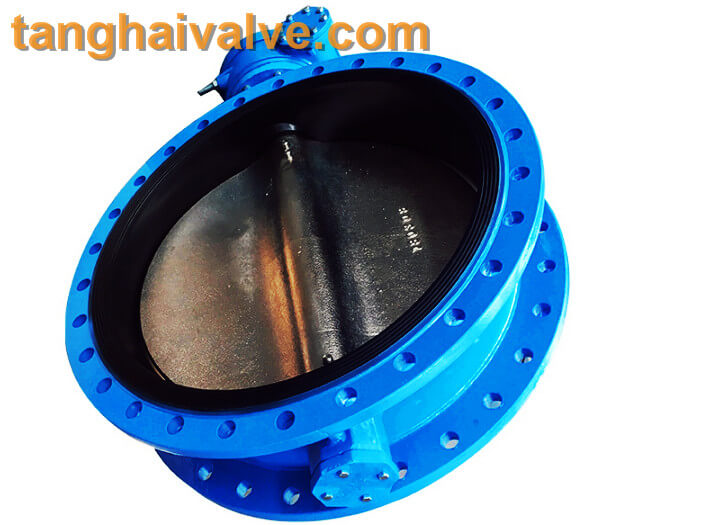
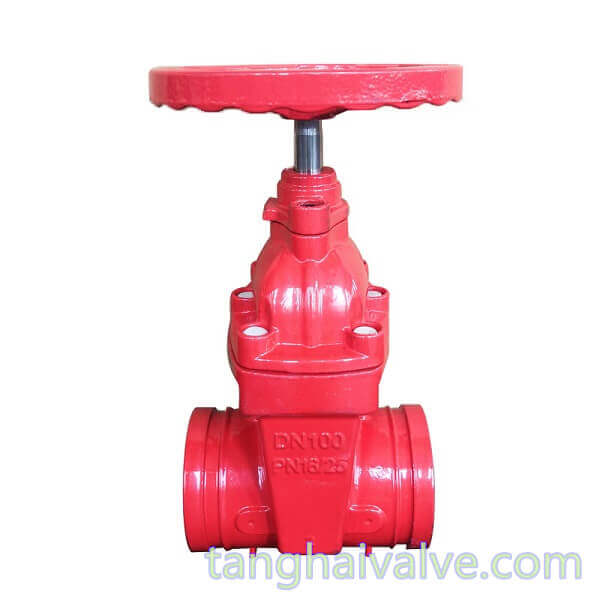
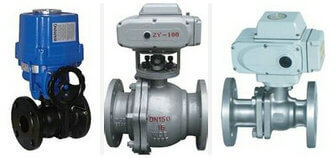


 © Copyright 2020 Tianjin Tanghaidongyang Valve Co., Ltd. All Rights Reserved.
© Copyright 2020 Tianjin Tanghaidongyang Valve Co., Ltd. All Rights Reserved.